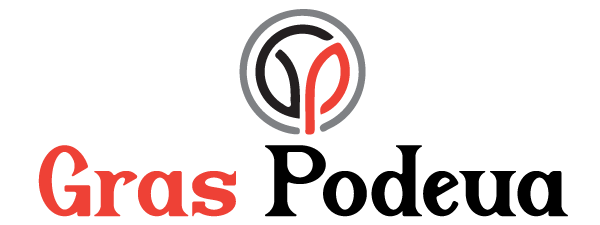CNC programmers who use dynamic toolpaths will get the best results, while also cutting down the time required to cut with air as well as cycle time. They can also optimize the utilization of a machine.
PSO is a social algorithm that uses an optimal route to balance Exploration and Profit.
Efficiency Strategies
An instrument that has an improperly designed path can take longer to cut a piece than it is. This results in a higher power consumption, more wear and tear on the tool and a decrease in the longevity of the machine. A well-designed toolpath, ensures that the tool reduces only the needed quantity of material, and also reduces both cycle times and energy usage.
Another crucial aspect is the capacity to limit forces deflection while not damaging the equipment or degrading its quality. Different methods are used for this.
The algorithms are able to combine and develop pathways to enhance toolpaths employing concepts of khac mica gia re evolutionary theory and natural selection. This method is typically employed to create toolpaths that have complex geometries. These could otherwise be difficult to achieve. ACO and PSO can also detect problems that arise from positioning (e.g. rapid movement that damages the materials in-process) and slow down the movements to match the programmed rates of feed to safeguard the instrument.

Optimizing Toolpaths
Different types of tool path optimization strategies provide a variety of benefits for improving efficiency, cutting costs and enhancing precision. Tool path optimization that is dynamic will help you reach your targets, regardless of whether you want to increase cycle times and surface finishes or to extend the spindle’s lifespan.
The algorithms employ iterations or “generations” to find out the optimal path for the machine you’re using. The algorithms consider the parameters and the machining requirements of your CNC machine so that they can select the most appropriate path.
The algorithms are taught by interfacing with the machining process changing the path of the tool as they go and continuously evolving in time. They can adapt to the changing conditions in the machining process. It results in an overall improved toolpath increasing the effectiveness as well as the reliability of aerospace and medical devices. Furthermore, it improves machining performance by reducing tool energy consumption. It saves companies money, and permits them to offer prices that are competitive within an industry where prices are dependent.
Techniques
CNC machining is complicated and long-lasting, but advancements in the field of toolpath optimization have made this process more efficient and precise. The manufacturing industry can improve its effectiveness and precision by using algorithms like the genetic algorithm, particles swarms and an ant colony.
Brilliant Algorithms
Genetic algorithms utilize the principles of natural selection to determine the most effective paths for tools that can be adjusted as it goes along to improve on the previous version. Swarm intelligence algorithms such as ACO and PSO are based on swarm behaviors, like the bird flocks or fish schools, to optimize the way. These algorithms excel at balancing exploring and exploitation. This is ideal in dynamic environments like machine shops.
The toolpath can be optimized using reinforcement learning. It concentrates on a specific goal such as reducing the force of the cutter, and removing the possibility of an overcut. The algorithms are able to be taught by studying the data, interacting with machine environments and continually improving the toolpaths by analyzing feedback from the real-time.
Benefits
Making use of CAM software that optimizes tool paths can help achieve major improvements in precision of machining. This improves the durability of vital aerospace and medical components, while expanding the scope of design possibilities that can be manufactured.
Non-optimized tool paths may jump from hit to hit or even sequence hits in a unefficient way. The resultant software is usually messy and chaotic. An optimized path making use of neat rectangles and quick leaps is a good way to avoid traverses which don’t need to be taken or reduce the length of the course.
VERICUT force optimization reduces cycles by not making unnecessary massive movements, or slowing down the rate of feed when entering and leaving the material. It allows users to run CNC machines at a higher speed while maintaining most efficient rate of feed. By minimizing machine and operator time, they can enhance efficiency at production, and also reduce manufacturing expenses. With the correct toolpaths, the shearing force is delivered to the materials most effectively.
